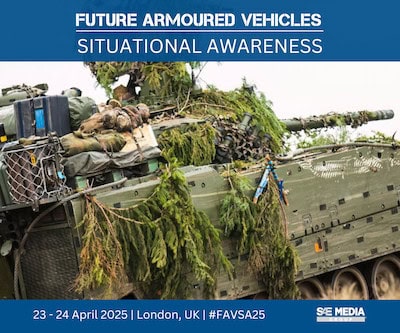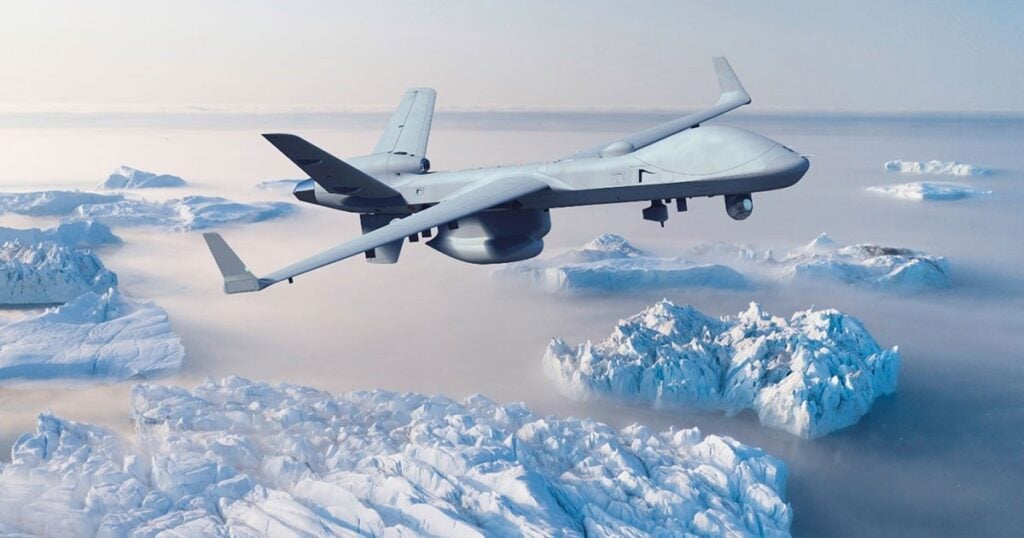The Fleet Air Arm (FAA) is the branch of the United Kingdom’s Royal Navy responsible for the operation of naval aircraft. Since its formal establishment in 1939, the Fleet Air Arm has played a pivotal role in naval warfare, providing air support for fleet operations, conducting reconnaissance, and delivering offensive capabilities against both naval and terrestrial targets.
Historical Background of the Fleet Air Arm
The origins of the Fleet Air Arm can be traced back to the early 20th century when the Royal Navy began experimenting with aircraft. Initially, naval aviation was part of the Royal Flying Corps, and later the Royal Air Force (RAF) following its establishment in 1918. The Royal Navy regained control of its aviation assets in 1937, leading to the creation of the Fleet Air Arm in 1939.
During World War II, the FAA achieved significant success, particularly in anti-submarine warfare, convoy protection, and carrier-based strike operations. Aircraft such as the Fairey Swordfish, which famously disabled the German battleship Bismarck, underscored the Fleet Air Arm’s strategic importance.
FAA Role and Capabilities
The modern Fleet Air Arm operates as a core component of the Royal Navy’s combat power. Its primary roles include:
- Carrier Strike Operations: Utilizing fixed-wing aircraft such as the F-35B Lightning II, the FAA provides the Royal Navy with long-range strike capability. These aircraft are deployed from Queen Elizabeth-class aircraft carriers, the largest warships ever built for the Royal Navy.
- Maritime Surveillance and Reconnaissance: Helicopters like the Merlin HM2 and Wildcat HMA2 are employed for anti-submarine warfare (ASW), anti-surface warfare (ASuW), and intelligence-gathering operations.
- Search and Rescue (SAR) and Humanitarian Missions: The FAA has a tradition of supporting SAR missions and disaster relief, often in collaboration with international partners.
- Littoral Strike Support: The FAA contributes to amphibious operations, providing critical air support for Royal Marines and other ground forces.
Fleet Air Arm Aircraft and Equipment
The Fleet Air Arm operates a diverse range of aircraft tailored for naval operations, including:
- F-35B Lightning II: A fifth-generation stealth multirole fighter capable of vertical/short take-off and landing (V/STOL), making it ideal for carrier operations.
- Merlin HM2 Helicopter: A key ASW and utility platform equipped with advanced sonar systems and weapons.
- Wildcat HMA2 Helicopter: Versatile and capable of conducting ASuW and reconnaissance missions.
- Hawk T1: Used for training and aerial adversary simulation.
The Fleet Air Arm also relies on advanced technologies like airborne early warning systems and unmanned aerial vehicles (UAVs) to extend its operational reach and effectiveness.
Strategic Importance of the Fleet Air Arm
As a carrier-centric force, the Fleet Air Arm is a cornerstone of the United Kingdom’s defense strategy. It enables power projection far from home waters and provides critical support to coalition operations under NATO and other frameworks. The deployment of Carrier Strike Groups (CSGs) featuring the HMS Queen Elizabeth or HMS Prince of Wales underscores the FAA’s global role in protecting sea lanes, deterring aggression, and responding to crises.




















